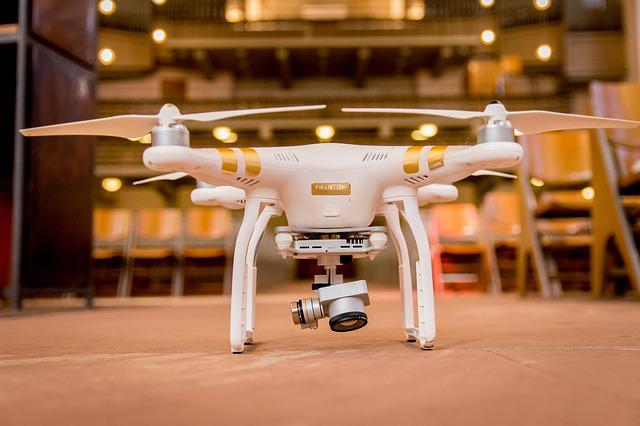When US intelligence asserted that Iran was selling hundreds of combat drones to Russia, it was signalling more than Iranian support for Vladimir Putin’s invasion of Ukraine.
Suggesting that Russia was not capable of serial producing its own drones, the intelligence served to question further Russian military capabilities, already overshadowed by doubt because of the poor performance of Russian military personnel and equipment on the Ukrainian battlefield.
The US disclosure followed the inauguration in Tajikistan of Iran’s first overseas drone manufacturing facility. The factory produces Iran’s Ababil-2 multipurpose reconnaissance and killer drone.
The disclosure likely also drew Gulf attention to Iran’s potentially expanding role in assisting Russia, and China, in an increasingly bifurcated world at a time that Saudi Arabia and the United Arab Emirates were manoeuvring to put their strained relations with the Islamic republic on a more even keel.
With Russia, Iranian assistance goes far beyond the supply of drones. Iran stands to gain substantially from being a key node in a Eurasian transport corridor that would help Russia circumvent US and European sanctions.
Iran would enhance its geopolitical usefulness by offering a route into Central Asia and Afghanistan that allows India to circumvent its archenemy, Pakistan.
Indian foreign minister S. Jaishankar pushed this month at a meeting in Tashkent of foreign ministers of the Shanghai Cooperation Organization (SCO) to include the Indian-backed Iranian port of Chabahar in the corridor dubbed the International North South Transport Corridor (INSTC).
The SCO groups alongside India, Russia, China, Pakistan, Uzbekistan, Kazakhstan, Kyrgyzstan, and Tajikistan. Iran is set to join the organization in the next year.
Earlier this month, at a summit of Caspian Sea littoral states, Mr. Putin hailed the corridor as a “truly ambitious project” that is the centrepiece of Russia’s efforts to “improve the transport and logistics architecture of the region.”
The Ukraine crisis has given a new lease on life to the INSTC, a 7,200-kilometre patchwork of independently operated railroads, highways, and maritime routes that connect Russia and India through Iran.
If successful, the corridor that traverses Russia, Central Asia, the Caspian, Iran, and the Arabian Sea would reduce travel time from 40-60 days to 25-30 days and cut costs by 30 percent. In addition, its significance could be boosted by hook-ups with Georgia, Azerbaijan, and Turkey.
“The Islamic Republic is indispensable to Russia since transit across its territory links that Eurasian great power with their shared Indian strategic partner, which safeguards Russia’s strategic autonomy in these new international conditions,” said analyst Andrew Korybko.
Alireza Peyman Pak, the head of Iran’s Trade Promotion Organization, expects the corridor to enable Iran to double its exports despite dim prospects for a revival of the 2105 international agreement that curbed the Islamic republic’s nuclear program. A revival would involve lifting at least some of the crippling US sanctions against Iran.
This month’s Russian-Ukrainian agreement to export grain from three Ukrainian Caspian Sea ports under the auspices of the United Nations and Turkey highlighted the body of water’s centrality.
A shipment in June of two and then 39 containers …….

